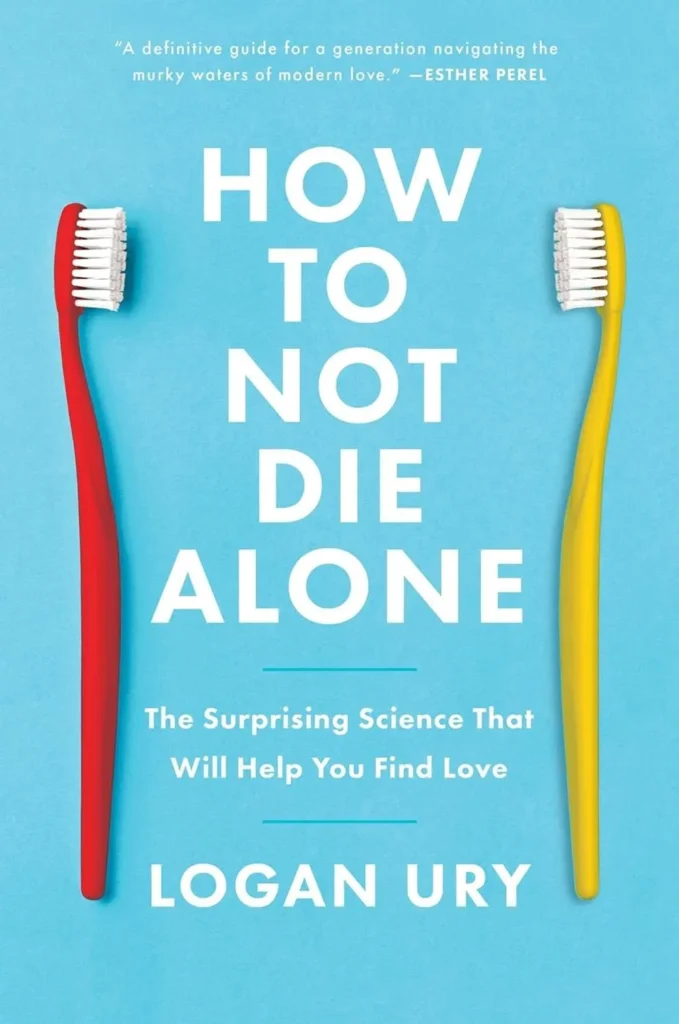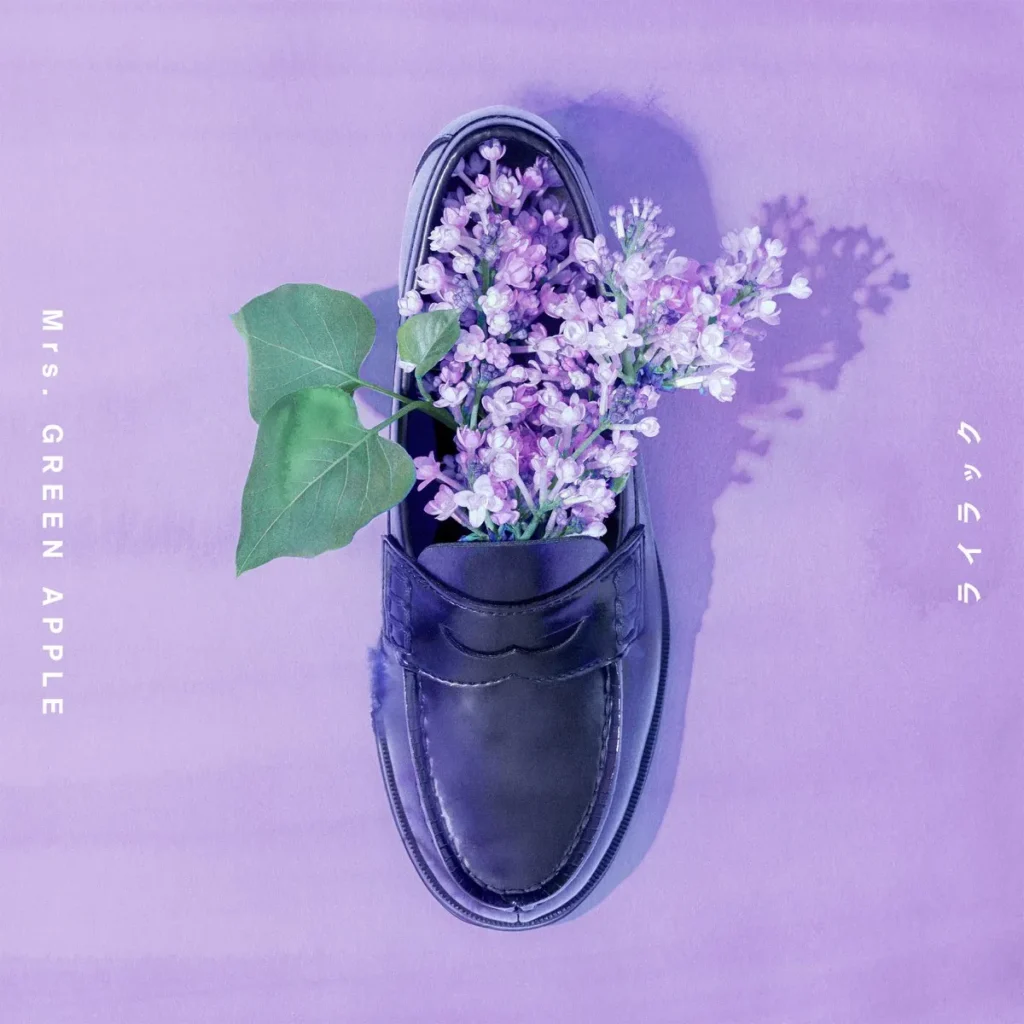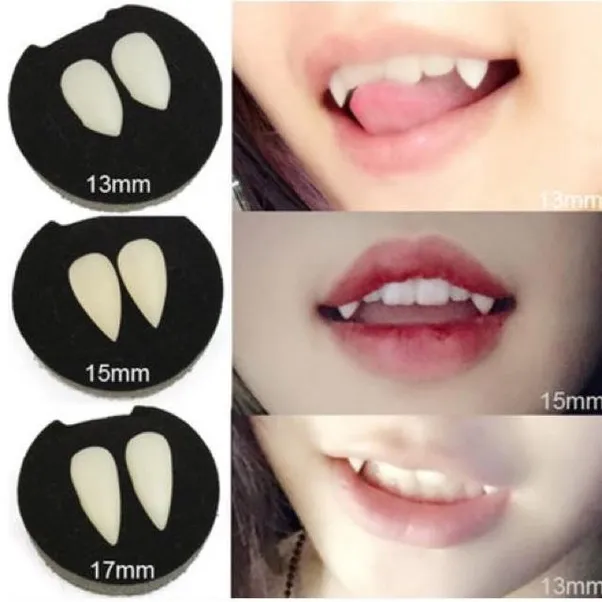Happy weekend, friends, and welcome to this space where I’m sharing three lessons I took away from this week.
As we entered October, I was reminded once again just how quickly a year can pass. I’ve started to wonder how much time I really have left. Assuming I live until 80, that means I have about 4,000 weeks in my life. There’s definitely a limit to life, and an end will surely come.
While I want this article to serve as my weekly reflection, I hope you can also find something useful to apply in your own life.
Here was my week 1,498.
1. From the Book I Am Reading
I started reading “How to Not Die Alone” by Logan Ury this week.

So far, I’ve come across some favorite quotes:
- “People who wait until they are 100 percent ready underestimate what they’re missing out on.”
- “You’ll never be 100 percent ready for anything.”
- “Hesitaters wait until they have more confidence, more money, or more whatever. But they’re neglecting the opportunity cost of not starting.”
One key insight I gained is about how you learn about yourself.
You learn through interactions with others. You do not learn by isolating yourself and self-reflecting.
The number of connections you have with others directly correlates to the opportunities you have to understand yourself. In the process of comparing yourself to others and recognizing both similarities and differences, you find chances to discover who you are.
Thus, to grow as a person, you need to get out there and try new things.
While quiet time for reflection in your room serves an irreplaceable role in self-discovery, what happens in that space doesn’t compare to the lessons and growth opportunities you gain from real-life exposure.
I’ve spent too much time alone lately, and it’s high time I venture out into the world.
2. From the Song I Listen To
I’ve been really into the song “Lilac” by Mrs. GREEN APPLE.

To give you an idea of how much I love it, I’ve listened to it about 300 times this past week — during my morning runs, while getting ready for work at home, at my desk, while preparing dinner, doing housework, and sinking in the bath.
When I find a song I like, I tend to play it on repeat. Before “Lilac,” I listened to Hikaru Utada’s “Distance” non-stop for over a month.
Even after listening to “Lilac” hundreds of times, my heart still skips a beat at the same parts.
Here are some of the reasons why I love this song:
- Clever Rhymes
The lyrics feature clever rhymes, such as in the line “Hokori o kabutte iru noni, hokori ga hikatte mieru you ni” (Translation: “Even covered in dust, it looks like the pride is shining.”). This demonstrates a beautiful play on words.
Another amazing example is the line “By my side, fuan, kassai, rentai” (Translation: “By my side, anxiety, applause, solidarity.”). It showcases rhymes in both English and Japanese. This blending of two different languages adds a unique depth to the song.
- Honest Lyrics
The lyrics are refreshingly honest.
They don’t just present a pretty picture; they sincerely depict life’s struggles and challenges. I see how this honesty resonates deeply with listeners.
- Dynamic Tempo
The song features multiple tempo changes, incorporating various rhythms that keep it engaging. The C melody has a rhythm of 3–3–7 beats.
Many people in Japan associate the 3–3–7 rhythm with something uplifting, like the chants we used to do during school spirit events. However, this song uses that rhythm to sing a darker lyrical section, adding to its uniqueness and beauty.
Listening to it has made me realize:
- The Value of Honesty: Simply having beautiful lyrics isn’t enough to create a connection. It’s the human, real, and honest messages and depictions that truly resonate and reach the hearts of the audience.
- The Value of Fulfillment in the Process: Motoki Ohmori, the vocalist who wrote and composed the song, always seems to enjoy himself when performing or discussing the creative process in interviews. The joy he radiates as an artist is incredibly appealing to the audience. When considering how to deliver a message, it’s just as important — if not more so — that the process of delivery is fulfilling, as much as the content itself.
- The Beauty of Creation: It’s wonderful to be able to express yourself, but it’s even more special when it helps others find their voice too. This experience has made me realize once again that I want to create and be a creator myself.
3. From Writing About Kawaii
The concept of Kawaii offers a valuable perspective for gaining insights into Japanese culture, particularly regarding gender and societal expectations.
For example, let me answer a popular question about Kawaii:
Question 1) Does Japan’s cute “kawaii” culture hold back women?
In Japan, a trend emerged some time ago where many girls opted to get “fake fangs” from dentists to achieve that cute, kawaii look.

These “fake fangs” are custom-made by taking a mold of your teeth and attaching them with dental adhesive. Since each pair is tailored to the individual, they have a natural appearance, feel comfortable, and are less likely to fall off.
A generation ago, many female celebrities, such as idols, actresses, and singers, inspired admiration for their distinctive fangs when they smiled.
This trend led girls with straight teeth to start wearing “fake fangs.”
- We are unlike those in Western countries, where straight teeth are seen as a status symbol and a basic requirement for success linked to good upbringing and education, while fang-like teeth evoke negative images reminiscent of Dracula and witches, resulting in their general dislike.
- Similarly, we are unlike those in China, where fangs are referred to as “tiger teeth” and associated with superstitions that suggest they can “drive away happiness” or hasten separations, causing many to feel anxious about them.
- Moreover, we are unlike the perception of fangs as merely pointed canine teeth that grow outward from the gums, representing a type of dental misalignment known as “crowding,” as they also pose risks such as cavities and gum disease.
In Japan, however, for some reason, fangs are often perceived positively as “cute” and “charming.”
While there are many opinions advocating for orthodontic treatment for gaps or protruding teeth, fangs are uniquely favored.
Although today, the image of fangs as cute seems to be fading somewhat, there is still a tendency among Japanese women to downplay their appearance by embracing an unrefined, imperfect, immature, or youthful look, as if to disguise themselves with fangs.
“She is unrefined, incomplete, immature, and childish. Because of that, I feel I need to protect her.”
We appreciate that mindset in others.
In fact, we often prefer it to the idea of growing as individuals ourselves.
Hope this week treated you well.
Take care, friends. Catch you next week 👋